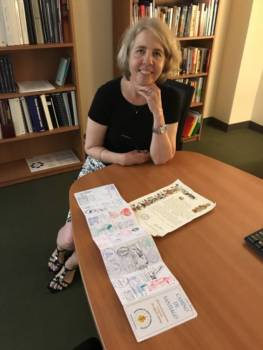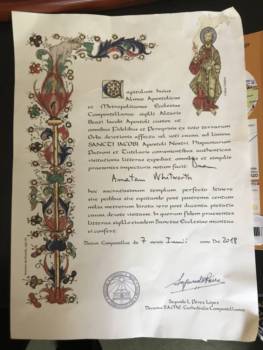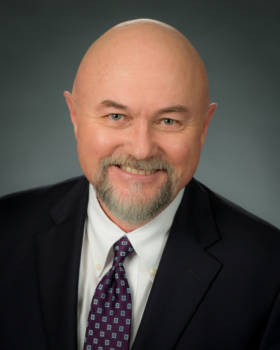While it’s hard to capture every story, we hope to periodically share in this space some of the major accomplishments or projects that are taking place. Members of the executive team will write about important topics that they feel NVC employees should be made aware of.
Let us know about the positive things your area is doing to help students or improve processes by contacting myself or NVC Public Relations.
– Dr. Ric Baser, NVC President
______________________________________________________________________________________________
Amy Whitworth, Ph.D.
Vice President for Academic Success
A good friend of mine who teaches Philosophy at Boston College asked me if I would join her as she took a class of college students to walk the last 200 miles of the Camino de Santiago, and of course, I said, yes!
From May 25 – June 7 we walked from Leon, Spain to Santiago, Spain, and this journey has proven to be one of the best experiences of my life. The Camino de Santiago is medieval pilgrimage route that has been traveled by peregrinos (pilgrims) for over a thousand years.
The route that we followed is known as the Camino Frances as it starts in St. Jean, France, 500 miles from Santiago. The path is marked by yellow arrows and scallop shells (medieval pilgrims used scallop shells to drink water from wells and to perform baptisms) and winds through cities and villages, through farms and vineyards, plains and forests, accompanying rivers and streams, ascending and descending Spain’s many hills. The natural beauty is spectacular. But what makes this walk truly magnificent are the people.
 Our fellow pilgrims were people from all over the world. Having conversations with people from different countries made this experience profound and joyful and opened up the world in so many interesting and wonderful ways. But it is the people of Spain who through their generous, kind, and enthusiastic support of all who walk the Camino make this journey possible. Everywhere we walked people would say to us, “Buen Camino.” I was moved and encouraged every time I heard this simple greeting. Along the way we ate from the “pilgrim menu” in many cafes and stayed in albergues (hostels) designed for the peregrine. We walked on average 15 miles a day, and as it turned out, in cold rain every day. We carried all of our belongings on our backs.
Our fellow pilgrims were people from all over the world. Having conversations with people from different countries made this experience profound and joyful and opened up the world in so many interesting and wonderful ways. But it is the people of Spain who through their generous, kind, and enthusiastic support of all who walk the Camino make this journey possible. Everywhere we walked people would say to us, “Buen Camino.” I was moved and encouraged every time I heard this simple greeting. Along the way we ate from the “pilgrim menu” in many cafes and stayed in albergues (hostels) designed for the peregrine. We walked on average 15 miles a day, and as it turned out, in cold rain every day. We carried all of our belongings on our backs.
As we walked we came to feel like pilgrims, seekers who recognize with every step their embodied being and dependency on others to accomplish the task before them. It was daunting to stand at the beginning with 200 miles ahead of us wondering how we would do this. On the first day I developed blisters, and by the third I stopped at a hospital. When the hospital staff found out that I was a peregrino, I saw a doctor in 10 minutes who treated the blisters and told me how to care for them, all free of charge. In each café and albergue, we collected a sello or stamp for our Camino passport, documenting our journey. When we arrived in Santiago, we went to the credentialing office where they verified our passport and gave us our Compostela, a document written in Latin that confirms the completion of your pilgrim journey.
This experience has taught me so many things, much of which I will be processing for some time to come, but it also reminded me of things that are important to me, the depth and beauty of our shared humanity, the magnificence of life, and that our life is made possible in and by relation to other people. As I walked I could not help seeing the similarity of our students to pilgrims on the Camino. How daunting their beginning can be. But through an intentionally designed college experience, clear goals, a pathway of support, enthusiastic and encouraging faculty and staff at NVC, our students can achieve their dreams. Buen Camino!

 In every team and department at Northwest Vista College, there are always great stories to tell that show faculty and staff going above and beyond.
In every team and department at Northwest Vista College, there are always great stories to tell that show faculty and staff going above and beyond.